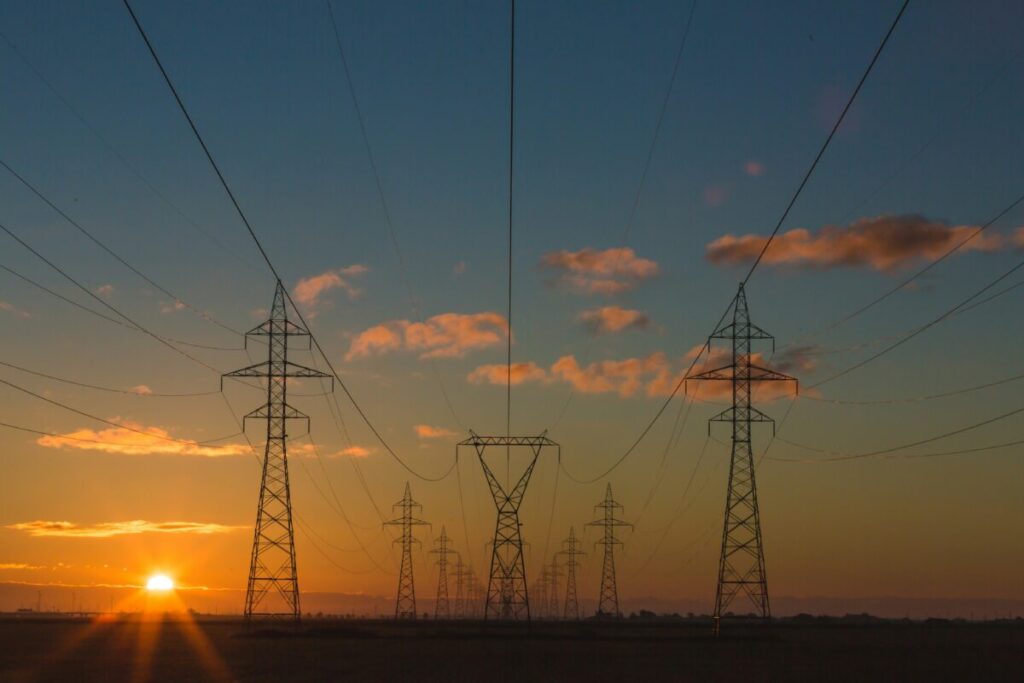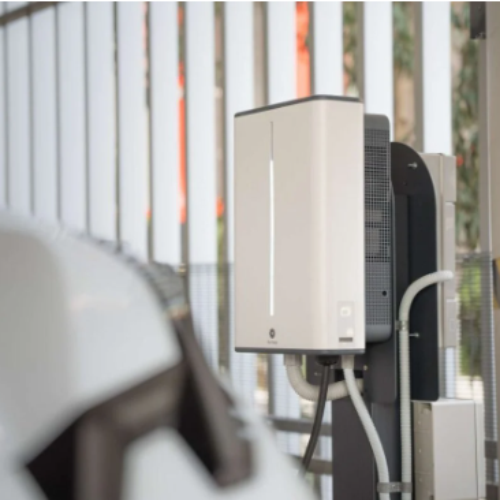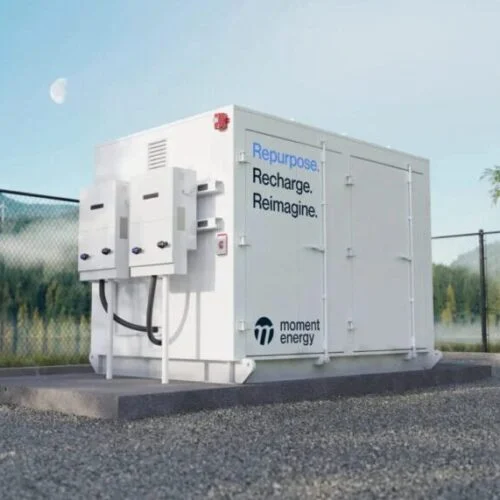The Welsh government has today (3 September) announced a £10 million funding pot to support local developers in the creation of Smart Local Energy Systems (SLES).
The capital grant scheme is available to community energy groups, social enterprises, public sector bodies, and small and medium-sized enterprises (SMEs). Grants are available in amounts up to £1 million.
The scheme is designed to encourage the rapid development of SLESs, and projects funded under it must be completed by the end of March 2025.
The Welsh cabinet secretary for the economy and energy, Ken Skates, said: “This £10 million grant scheme is pivotal in our efforts to decarbonise Wales’s energy supply and ensure the benefits of this transition are felt within our communities.
“With energy costs contributing to the current cost of living crisis, these projects can reduce the need for large-scale energy infrastructure and develop a more resilient local energy system.”
Skates added: “I strongly encourage interested parties to seize this opportunity and apply for the funding. Together, we can lead the way to a greener, fairer Wales.”
What are smart local energy systems?
According to the UK’s research funding body, UK Research and Innovation (UKRI), a smart local energy system “brings together energy generation, storage, demand and infrastructure and connects them in a smart way, at a local or regional level”.
This facilitates a more tailored approach to the green transition, as different areas have different energy needs and goals. SLESs make use of a significant amount of digital technology, including AI and other similar technologies.
UKRI has funded over 80 SLES projects through its Prospering from the Energy Revolution programme, which ran between 2018 and 2023 and supplied £104 million of investment.
One of these projects, which serves as a good example of the potential of SLESs, is the GreenSCIES SLES project. This project proposed a design for drawing low-grade heat from local data centres in the London borough of Islington, as well as the London Underground, and distributing this heat between buildings through ambient temperature pipelines. Heat pumps are then used to adjust the temperature in these buildings, heating them in winter and cooling them in summer.
The design proposed also involved the creation of distributed energy centers—which connect solar photovoltaic systems, electric vehicle chargers, and energy storage—in order to supply the electricity these heat pumps need to operate, additionally acting as hubs to support low-carbon transport and delivering demand-side response to the electricity system.






